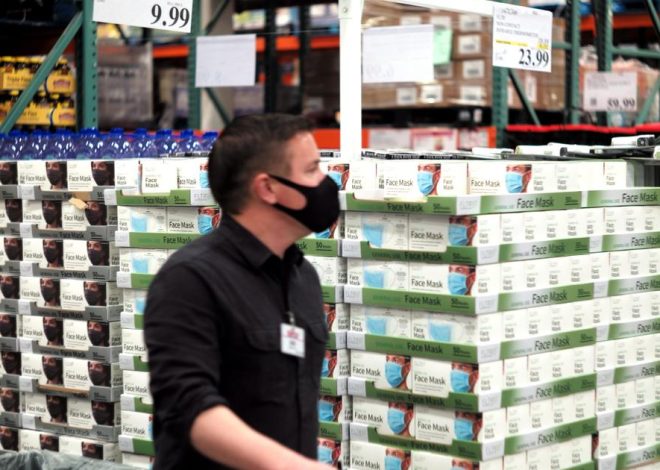Egg problems driving up prices at Waffle House and others could persist
The record-high egg prices that recently drove Waffle House and other restaurants to start charging more for some dishes are not going away soon, economists say. This week, Waffle House became one of the first national chains to join some smaller restaurants that have introduced surcharges of 50 cents or more per egg, as wholesale prices have reached record highs, driven by an avian flu outbreak that has decimated the U.S. bird population. Some restaurants and grocers have cut back on egg dishes, turned to egg alternatives, or limited the number of eggs a customer can buy.
Waffle House, which has about 1,900 locations nationwide, said its surcharge of 50 cents per egg is temporary. “While we hope these price fluctuations will be short-lived, we cannot predict how long this shortage will last,” the company said in a statement. However, economists and industry observers don’t see price relief in the near term.
“We’re in kind of uncharted territory right now with egg prices,” said Patrick Penfield, a supply chain management professor at Syracuse University. The average retail egg price increased 37 percent between December 2023 and December 2024, according to consumer price index data. At the wholesale level, the price for a dozen Midwest Large eggs recently hit $7.76, according to the food market research firm Expana. Prices for egg products, like liquid and dried eggs, have also gone up, said Brian Moscogiuri, vice president of Eggs Unlimited, a large egg supplier.
As egg prices have risen over the past several months, they have become a proxy for consumer sentiment about the cost of goods and inflation. The cost of eggs is unlikely to come down before May, industry experts said, because springtime could bring fresh exposure to the virus, which can spread through migratory birds moving in the fall and spring. It will take several months for there to be enough chickens to replace those that have died, and for chicks to reach maturity and start producing eggs, experts said.
Industry observers say the current avian flu outbreak is probably the worst the United States has ever seen. Some 110 million egg-laying hens have died or been culled — to prevent the highly contagious disease from spreading — since it was first detected in U.S. flocks in 2022. About 36 million birds have been killed since mid-October, equivalent to almost 10 percent of the country’s table-egg-laying hen population. About 120 flocks in the United States have tested positive for bird flu in the last month. Some of the largest current outbreaks are at commercial egg-laying operations in Indiana, Ohio, and Missouri, each with more than 1.5 million birds.
It’s not uncommon to see facilities with more than 1 million hens, said David Anderson, an economist at the Texas A&M Agrilife Extension Service. This creates economies of scale but can also lead to big losses in egg production. Other factors have contributed to the recent increase in egg prices. There’s typically a seasonality to egg prices, with bumps around the end-of-year holidays and Easter, and a long-term trend of consumers eating more protein and fewer artificial ingredients, experts said.
The number of eggs sold by retailers has seen year-over-year increases for 22 consecutive months, and the industry typically sees demand peak during the winter holidays because of increased baking and entertaining, according to the American Egg Board, an industry group. These two forces combined — tight supply and high demand — are directly causing the spike in wholesale prices we’ve seen recently, as well as intermittent shortages of eggs at some retail locations and in different parts of the country, said Emily Metz, president and chief executive of the board.
Suppliers have also seen increased demand in the short term, as recent wintry weather prompted people to stock up on staples, Eggs Unlimited’s Moscogiuri said. Publicity around the egg shortage can further fuel demand, with consumers stockpiling several cartons rather than buying just one, he said. Not every store or restaurant has passed along price increases to consumers. Some may choose to sell staple items such as milk and eggs at a loss, hoping those items draw people into the store to make other purchases, Moscogiuri said.
In San Luis Obispo, California, Bon Temps Creole Cafe said it found a retail source selling eggs for half the price that the restaurant was paying wholesale. That discovery allowed the cafe to remove the $1-an-egg surcharge that it had recently levied. For restaurants, prices tend to be sticky because small changes require a menu revamp, Expana managing editor Karyn Rispoli said. Still, restaurants and diners are beginning to reach a breaking point because the increased prices have lasted so long, she said. — news from The Washington Post
